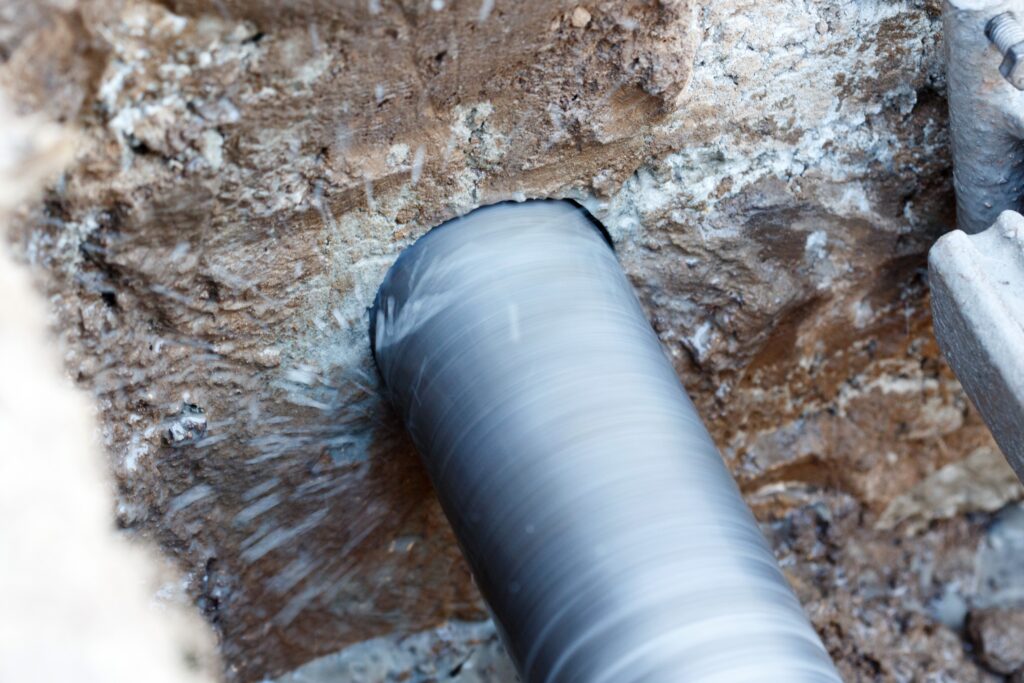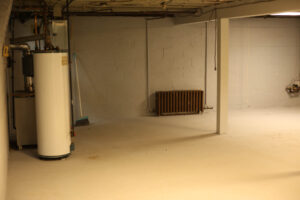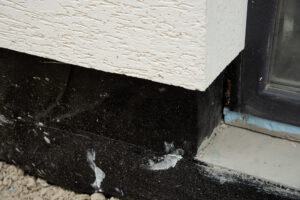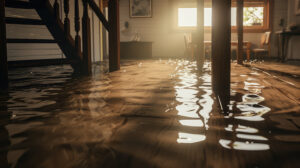A crawlspace is hidden beneath the main living spaces making it one of the most overlooked areas of a home. When neglected for a long time, it can become damp and musty, creating a lot of problems such as mold infestation and structural damage. It is essential to waterproof your crawlspace to maintain a healthy living environment and structurally sound home. A professional crawlspace contractor can help you identify potential problems and recommend necessary repairs and maintenance. In this article, we will be sharing a step-by-step guide on how to waterproof your crawlspace.
Assess and prepare the area
Before waterproofing your crawlspace, it is important to assess the current condition. You need to inspect for existing water damages, leaks, or signs of moisture intrusion. The plumbing and drainage issues need to be addressed before waterproofing. You can also prepare the area by removing debris, insulation, or old vapor barriers that may be present in the area. Inspecting the crawlspace not only helps you to identify an existing problem but also determines the best waterproofing solution for your needs. Based on the most appropriate solution, a professional contractor can give you an accurate estimate of the total cost of waterproofing your crawlspace.

Crawlspace waterproofing can be challenging, but we can help!
- Fix foundation cracks
Cracks in the foundation are one of the primary sources of crawlspace moisture. Water from below seeps into your crawlspace from these cracks, leading to dampness and mold growth. The best way to address this issue is to first clean and prepare the crack. Make sure you get rid of any loose debris, dirt, or old sealant using a scraper or wire brush. Fill the crack with a high-quality epoxy or waterproof sealant that is purposely designed for foundation repairs. To ensure proper curing, you need to follow the manufacturer’s recommendations to ensure a watertight seal.
- Install a vapor barrier
A vapor barrier is a crucial component of crawlspace waterproofing that prevents moisture from rising beneath the ground and entering your home. To install a vapor barrier, measure the dimensions of your crawlspace and cut the vapor barrier material to size. It is essential to overlap seams by at least 12 inches and ensure the barrier extends up the walls. Use mechanical fasteners or adhesives to secure the vapor barrier to the crawlspace floor and walls. Lastly, seam seams and edges with caulk or waterproofing tape to create a continuous barrier.
- Improve ventilation
Proper ventilation in your crawlspace is necessary as it helps to reduce the levels of humidity. Consider installing vents or fans to promote consistent air circulation in the crawlspace. This cuts off sources of moisture reducing the risk of mold growth and preventing condensation. It is important to ensure that vents are properly sized for your crawlspace area and are equipped with automatic moisture-sensing controls that regulate the airflow.
- Address drainage issues
Poor drainage can lead to serious health hazards such as standing water in your crawlspace. One of the best solutions to this problem is to install a sump pump that works to remove excess water from your crawlspace. It should be placed in a low-lying area where it can discharge water away from your home’s foundation. Next, you need to ensure the ground around your home slopes away from the foundation. Lastly, clean and maintain your gutters to prevent water from pooling near your foundation. Clean and well-maintained gutters and downspouts ensure proper drainage during heavy rainfall.
- Perform regular inspection and maintenance
It is important to carry out regular inspections and maintenance to ensure long-term effectiveness. Some of the maintenance tips you can consider include checking for signs of moisture, cleaning gutters and downspouts, testing the sump pump, and monitoring the ventilation. Inspect your crawlspace periodically for signs of water intrusion such as dampness and mold growth. Cleaning your gutters and downspouts prevents rain water from overflowing and seeping into your crawlspace It is a good idea to test your sump pump regularly to ensure it is functioning correctly. You need to replace it if it is completely damaged. Keeping an eye on the ventilation system ensures that it is operating as intended.
Waterproofing your crawlspace is essential for maintaining a dry, healthy, and structurally sound home. You can effectively waterproof your crawlspace and protect your investment by following these tips and strategies. Always remember that the key to ensuring the long-term success of your crawlspace waterproofing efforts is through regular maintenance and staying vigilant. A well-maintained crawlspace allows you to enjoy a healthier living environment and peace of mind for years to come.



